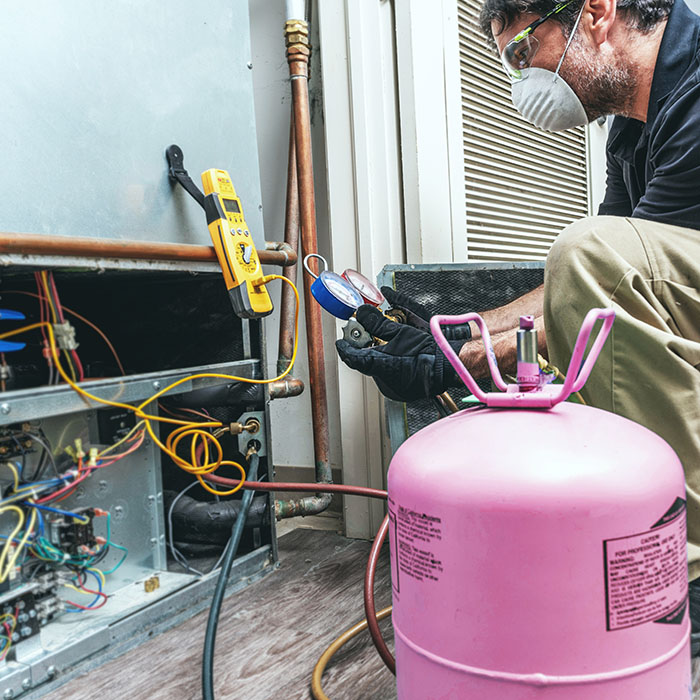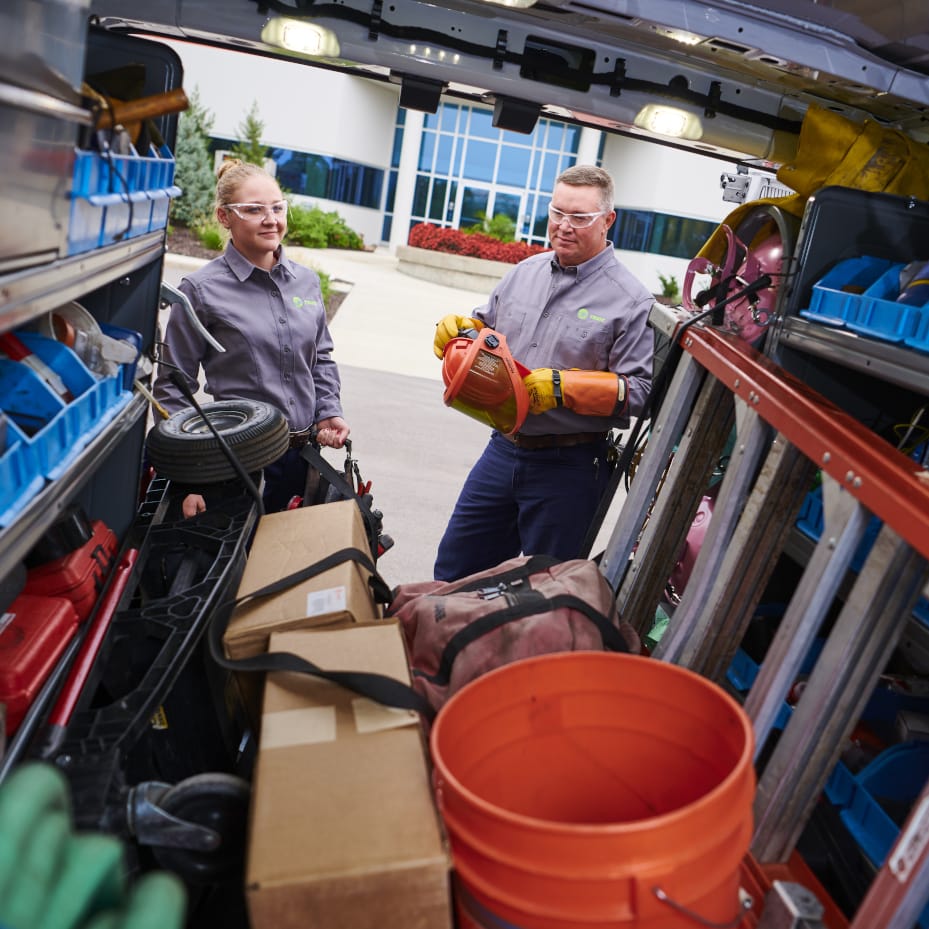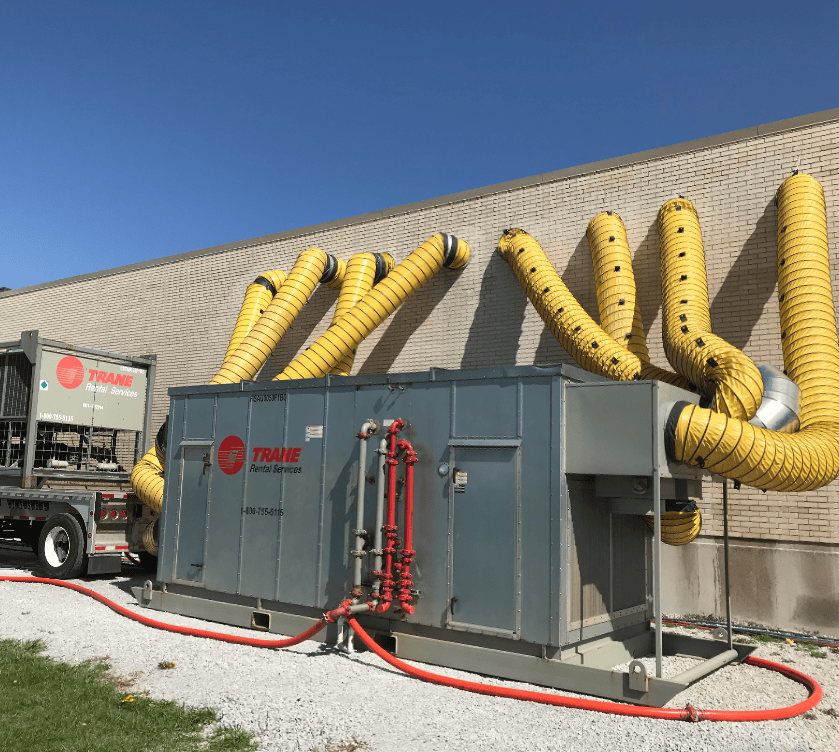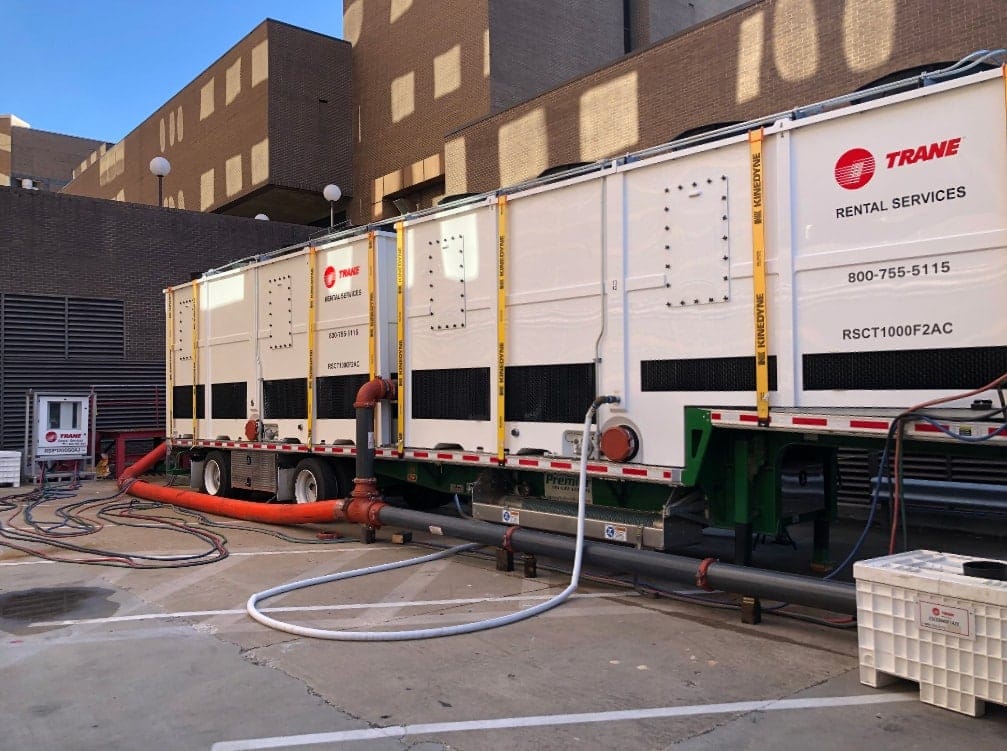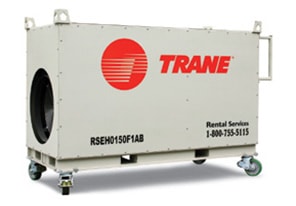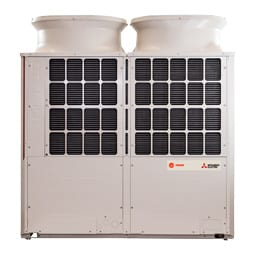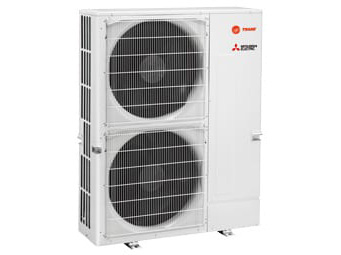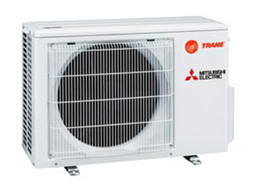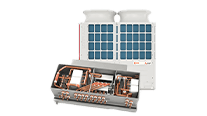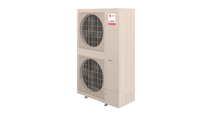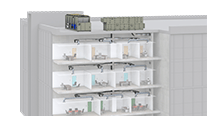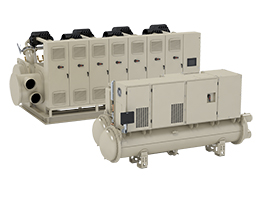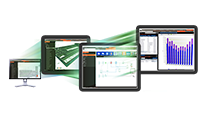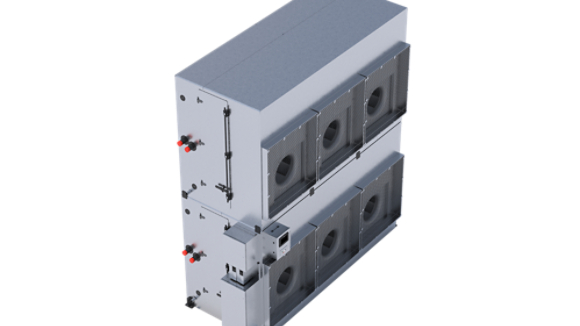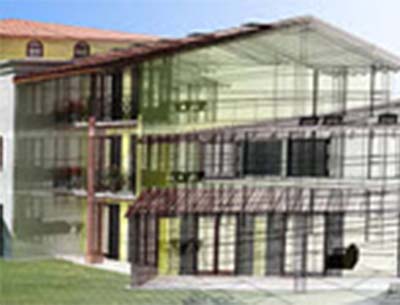As we begin to transition into a post-pandemic world, indoor air quality (IAQ) continues to be a central focus for us, our customers and the world. While people collectively consider how and when to safely return to buildings, addressing airborne health risks in indoor spaces is a top priority.
Out of sight, but on everyone’s mind.
Understanding how to best address IAQ issues has been a huge source of confusion for building owners and operators. One of the reasons is that the invisible nature of airborne risks makes it hard to know where to begin. After all, how do you analyze and mitigate what you cannot see? And once you’ve taken corrective steps, how do you measure how well they’re working?
Airborne pathogens are now the invisible elephant in the room. In this new world, people want to know that the buildings they spend time in are looking out for their health and well-being. When it comes to air quality, this requires the ability to see the unseen.
Changing expectations. Improving technology
The good news is that technology has evolved and so has the ability to monitor different aspects of indoor air quality. Historically IAQ monitoring primarily focused on areas like temperature and humidity. Now, new solutions allow greater visibility into IAQ than ever before, including airborne contaminants such as Particulate Matter (PM) Total volatile organic compounds (tVOC) or Carbon monoxide and carbon dioxide (CO and CO2).
Having informed, scientific data about a building’s IAQ allows for more meaningful corrective measures. When integrated into the Building Automation System, those corrections could be made automatically, perfectly balancing the IAQ needs with efficiency gains.
These technologies provide building owners with insight and improved IAQ manageability as well as documented proof to help meet requirements for building certification programs like International WELL Building Institute™ (IWBI).
While, most importantly, giving occupants much needed peace of mind.
The importance of long-term IAQ planning.
It’s important to remember that there’s more to air quality than just mitigating pathogens and bacteria. Research on office and school buildings has linked measures, like managing CO2 levels, to higher test scores among students and improved productivity among office workers.3 Taking a proactive, multi-faceted approach to IAQ shows occupants that you’re thinking about their well-being, not just during the pandemic but also beyond it. And that’s good for business.
The fact is, IAQ is just one dimension of a building’s overall indoor environmental quality (IEQ). Other factors of IEQ include thermal comfort, lighting and acoustics. All of these interrelated systems interact with one another and can impact everything from our physical to our emotional well-being when we’re indoors.
To focus on just one at the expense of the others is to miss out on the opportunity to take a more comprehensive, long-term approach to building wellness. But that’s a topic for another blog.
To learn more about Trane solutions for IAQ management and monitoring, please contact us today or call your local Trane Sales Office.
References
1Insights, D. (2018, Nov. ). All in a day's work — and sleep in and play. How Americans spend their 24 hours. . Retrieved from Deloitte Insights: https://www2.deloitte.com/us/en/insights/economy/issues-by-the-numbers/decoding-american-time-use.html
2Underwriters Laboratories. (2014). Effects of Indoor Environmental Quality on Performance and Productivity. Retrieved from ul.com: https://www.ul.com/insights/effects-indoor-environmental-quality-performance-and-productivity
3 USGBC. (2014, June). Green Building 101: What is indoor environmental quality? Retrieved from US GReen Building Council: https://www.usgbc.org/articles/green-building-101-what-indoor-environmental-quality




